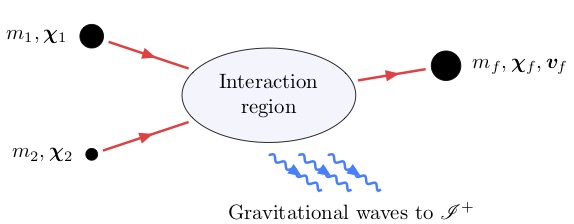Surrogate models for precessing binary black hole simulations with unequal masses
Only numerical relativity simulations can capture the full complexities of binary black hole mergers. These simulations, however, are prohibitively expensive for direct data analysis applications such as parameter estimation. We present two new fast and accurate surrogate models for the outputs of these simulations: the first model, NRSur7dq4, predicts the gravitational waveform and the second model, \RemnantModel, predicts the properties of the remnant black hole. These models extend previous 7-dimensional, non-eccentric precessing models to higher mass ratios, and have been trained against 1528 simulations with mass ratios $q\leq4$ and spin magnitudes $\chi_1,\chi_2 \leq 0.8$, with generic spin directions. The waveform model, NRSur7dq4, which begins about 20 orbits before merger, includes all $\ell \leq 4$ spin-weighted spherical harmonic modes, as well as the precession frame dynamics and spin evolution of the black holes. The final black hole model, \RemnantModel, models the mass, spin, and recoil kick velocity of the remnant black hole. In their training parameter range, both models are shown to be more accurate than existing models by at least an order of magnitude, with errors comparable to the estimated errors in the numerical relativity simulations. We also show that the surrogate models work well even when extrapolated outside their training parameter space range, up to mass ratios $q=6$.
PDF Abstract